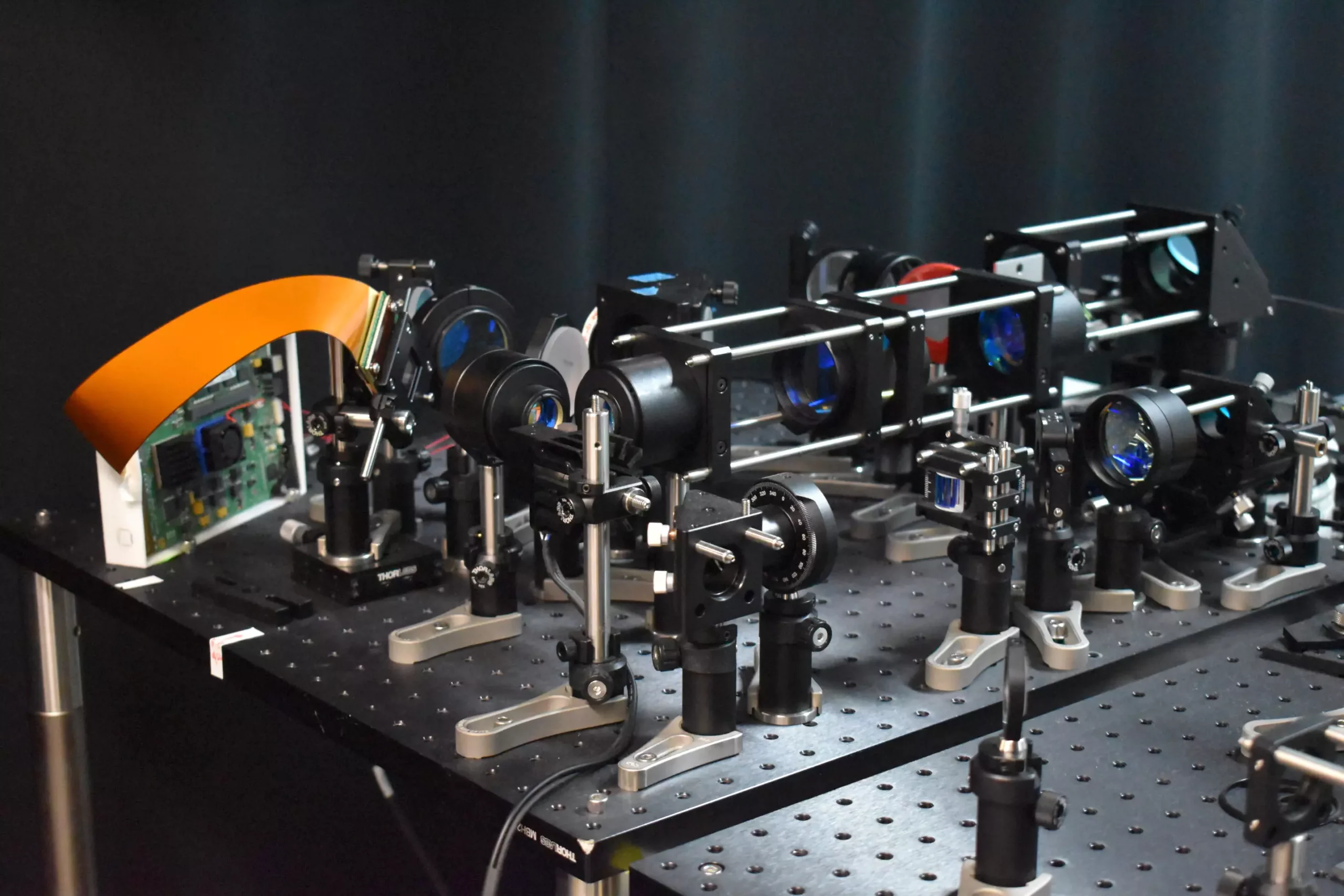In a groundbreaking development in the field of neuroscience, researchers have unveiled a new two-photon fluorescence microscope that has the capability to capture high-speed images of neural activity at cellular resolution. Unlike traditional two-photon microscopy, this new approach offers a faster imaging speed and reduces harm to brain tissue, allowing for a clearer and real-time view of how neurons communicate. This breakthrough has the potential to provide new insights into brain function and neurological diseases.
The new microscope, as described by the researchers, utilizes a novel adaptive sampling scheme and replaces the traditional point illumination with line illumination. This innovative approach enables in vivo imaging of neuronal activity in a mouse cortex at speeds ten times faster than conventional two-photon microscopy. Additionally, the laser power directed towards the brain is reduced by more than tenfold, minimizing potential damage to brain tissue. The enhanced imaging capabilities of this new technology open up a world of possibilities for studying the dynamics of neural networks in real time.
By offering a tool that can observe neuronal activity in real time, this new technology has the potential to revolutionize the study of neurological diseases at their earliest stages. Researchers can now monitor neural activity during learning processes to gain a better understanding of how different neurons communicate and interact. This, in turn, could lead to more effective treatments for diseases such as Alzheimer’s, Parkinson’s, and epilepsy.
Adaptive Sampling Strategy
The key innovation behind the new microscope is the adaptive sampling strategy employed by the researchers. Rather than using a point of light to scan the brain tissue, they utilize a short line of light to illuminate specific active regions of the brain. This not only speeds up the imaging process significantly but also reduces the overall light energy deposited on the brain tissue, lowering the risk of potential damage. By targeting only the neurons of interest, the researchers ensure that unnecessary background or inactive areas are not imaged, further minimizing harm to living tissue.
Advanced Technological Components
Central to the success of the new microscope is the use of a digital micromirror device (DMD) that contains thousands of tiny mirrors. These mirrors can be individually controlled to shape and steer the light beam precisely, allowing for the accurate targeting of active neurons. By turning individual DMD pixels on and off, the researchers were able to adjust the imaging process to the specific neuronal structure of the brain tissue being studied. This level of precision and control is instrumental in ensuring high-quality imaging results with reduced risks to living tissue.
Future Directions in Neuroscience Research
Moving forward, the researchers plan to integrate voltage imaging capabilities into the microscope to enable a direct and rapid readout of neural activity. They also aim to use this new method for real neuroscience applications, such as observing neural activity during learning processes and studying brain activity in disease states. Additionally, efforts will be made to enhance the user-friendliness of the microscope and reduce its size to make it more accessible for neuroscience research.
The development of this new two-photon fluorescence microscope represents a significant advancement in the field of neuroscience. By offering high-speed imaging of neural activity at cellular resolution, this technology has the potential to deepen our understanding of brain function and neurological diseases. With ongoing research and innovation, the future of neuroscience looks promising with the capabilities now available through this groundbreaking imaging technology.


Leave a Reply